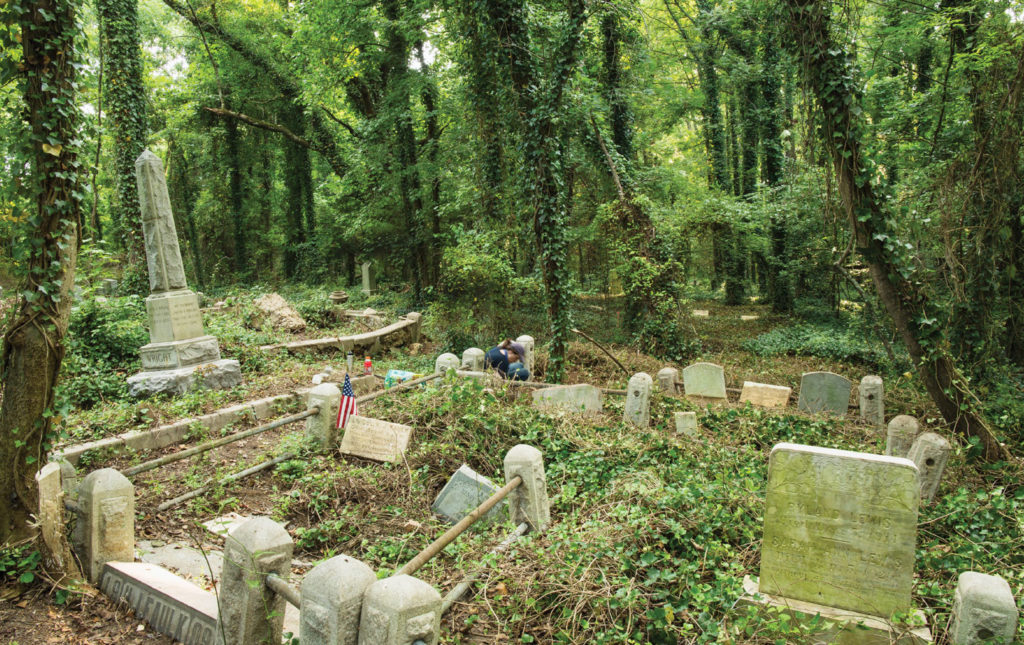Revitalizing Black Cemeteries

I’ve talked about the sad state of historical Black cemeteries before, including when I visited Maggie Walker’s grave and also Arthur Ashe’s grave. There are however people working hard to revitalize these places and this is important work of historical memory.
Maggie L. Walker, one of the first Black American women to run a bank, is buried at Evergreen Cemetery in Richmond, Va. So is John Mitchell Jr., editor of The Richmond Planet, a crusading newspaper founded by former slaves. Benjamin Franklin Randolph, a South Carolina state senator gunned down amid the white backlash against Reconstruction in 1868, lies in the Black cemetery named for him in Columbia.
In the late 19th century, as statues, monuments and government buildings were being dedicated to Robert E. Lee and other leaders of the Confederacy, a powerful and countervailing force of memory was unfolding, in many cases right across town: Black communities were building cemeteries to honor a first wave of soldiers, politicians and business leaders after the end of slavery.
Now, as Americans rethink Confederate monuments across the country, historians and community activists are working to restore and protect historic Black cemeteries, many of which have fallen into disrepair, the victims of mismanagement, political strife or abandonment.
“You have monuments to Black southerners and monuments to white southerners, and you can’t understand one without understanding the other,” said Ryan K. Smith, a professor of history at Virginia Commonwealth University. “The humanity expressed in the cemeteries was an answer to the Lost Cause/New South efforts to excise African-American history.”
The Rev. Leroy Williams is on the front lines of the struggle to save one of these places, called Magnolia, in rural eastern Arkansas. Wild boars and snakes make it hazardous up in the hilly, wooded portion of the cemetery, established after the Civil War. But Mr. Williams, who is 76 — 50 of those years spent behind the pulpit of local Baptist churches — worries even more about what will happen when he is gone.
Black people fled his corner of the South for decades to escape racial prejudice, he said, or for better jobs and education, and he now looks after the 36-acre cemetery pretty much by himself.
“They just leave and they don’t come back,” Mr. Williams said. “I’m the lone ranger.”
As we reckon with the legacy of white monuments to slavery, we have to understand that Jim Crow extends well past death. Not only were cemeteries segregated, which was mostly just fine with the Black community who didn’t want to be buried with whites in the first place, but those cemeteries enter into an entire structure of memorialization and remembrance that is naturally based upon race, class, and preexisting structures of equality. When you have no money to eat or live decently, prettifying a cemetery is not a high priority. When you are rich and are dedicating your life to deifying the architects of white supremacy, your cemetery is a high priority.
The reason for the grave series is not just a lark. It’s a way to tell stories about the past, to remind people that there are physical representations of lost people all over the place, even if it just their bones. We can tell these stories, often of terrible people, and fix them to a physical place. But we can’t tell the stories of Black Americans if we don’t know where they are because their cemeteries are overgrown patches of weedy regrown forests.


